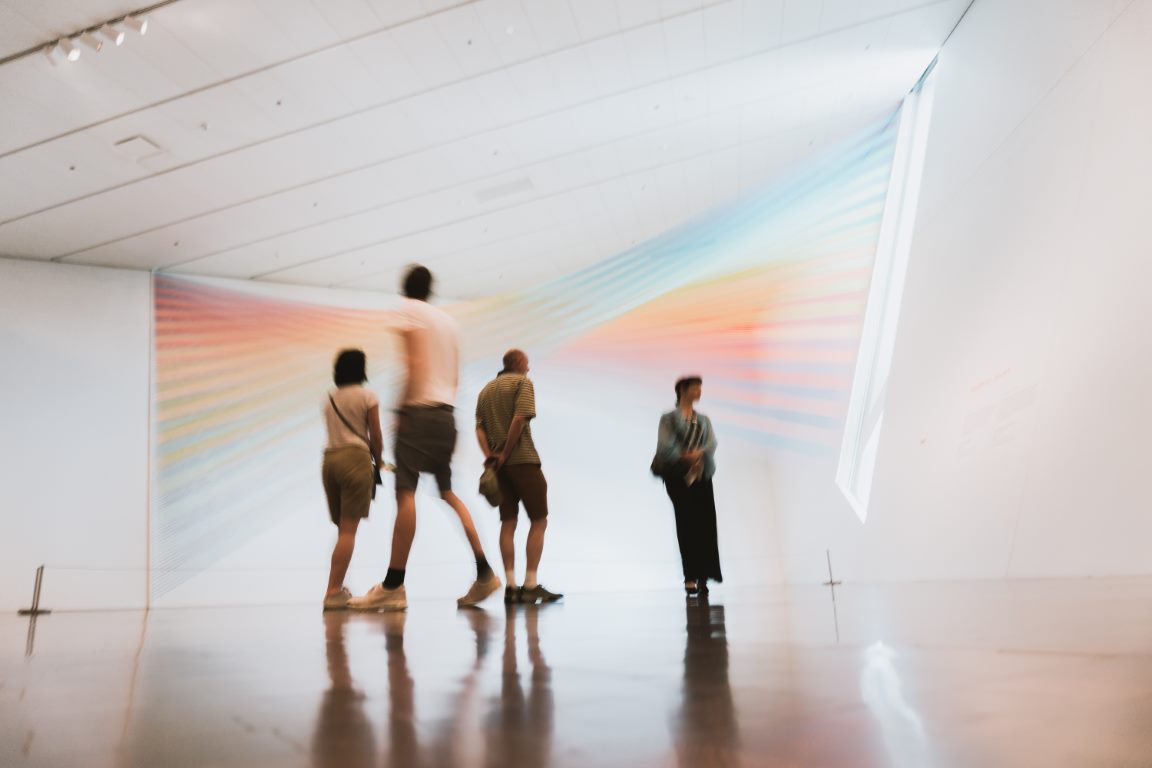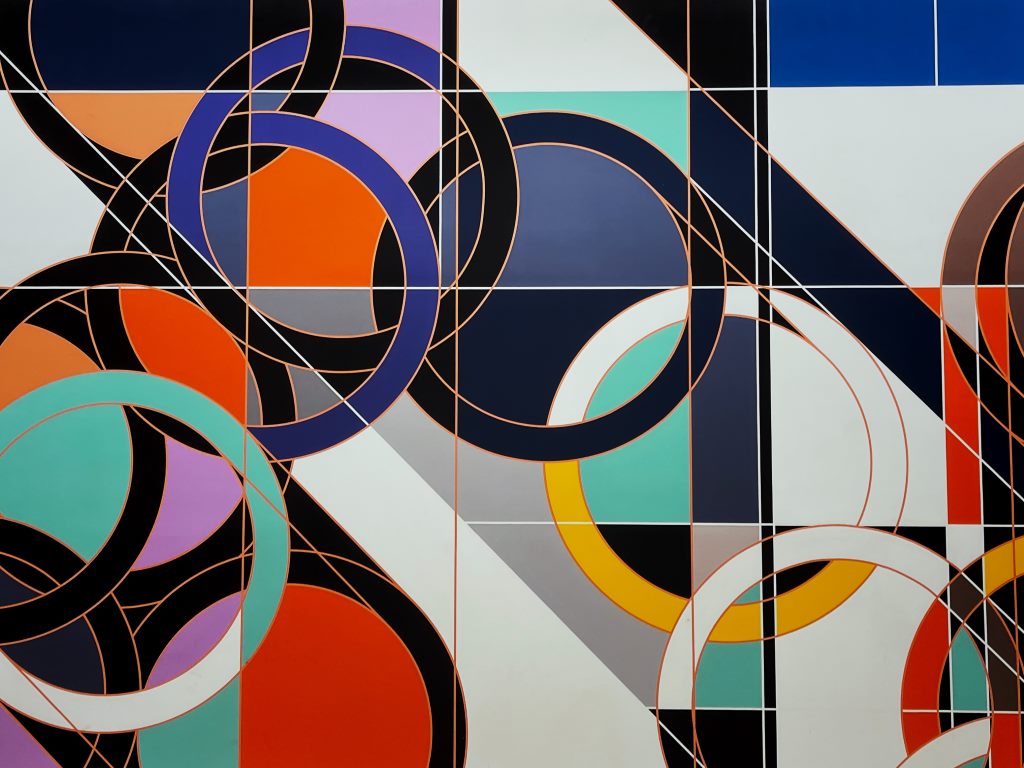How to Plan Your Skip the Line Berlin Wall Museum at Checkpoint Charlie Tour in Berlin
Are you planning a trip to Berlin and looking for a unique experience that will take you back in time? Look no further than the Berlin Wall Museum located at Checkpoint Charlie. Founded in 1962, just after the construction of the Berlin Wall, the museum was created as a protest against the Wall and to assist those seeking help. Today, it provides visitors with the opportunity to learn about this significant period in history and see original artifacts from successful escapes. To help you plan your visit, we’ve put together this comprehensive guide to the Skip the Line Berlin Wall Museum at Checkpoint Charlie tour.Experience
This tour offers visitors the opportunity to visit one of the most legendary museums in Berlin and admire original artifacts from successful escapes. You’ll learn about how East Germans attempted to flee from the unjust GDR regime and see first-hand the objects used to aid in successful escapes. Additionally, visitors will learn about the role the museum played in history and how it contributed to the fall of the Wall.Highlights
The Berlin Wall Museum at Checkpoint Charlie is home to a variety of highlights that are sure to impress visitors. Here are just a few:- Original artifacts from successful escapes, such as a hot-air balloon, a mini-submarine, cars, and airplanes
- The chance to learn about how the museum helped East Germans flee and organized resistance to the GDR regime
- A unique opportunity to learn about one of the most significant periods in history
Full Description
The Berlin Wall Museum was founded on October 19th, 1962, shortly after the construction of the Berlin Wall. It was created as a protest against the Wall and to provide assistance to those seeking help. Over time, the museum increased its exhibition space and played a crucial role in fighting human rights violations resulting from the wall. Today, the museum is home to numerous original artifacts from successful escapes, such as a hot-air balloon, a mini-submarine, and cars and airplanes. These objects provide evidence of the important role the museum played in history and the ways in which people aided in successful escapes. Visitors will also learn about the people who worked in the museum and organized resistance to the unjust GDR regime. In addition to seeing original artifacts, visitors will also have the opportunity to view informative and interactive exhibits that provide context for the period. Through these exhibits, visitors will come away with a deep understanding of the significance of the Berlin Wall and the role the museum played in its fall.Booking Information
To book your Skip the Line Berlin Wall Museum at Checkpoint Charlie Tour in Berlin, please visit this link. By booking through this link, you’ll be able to skip the line and enjoy priority access to the museum.Book Your Tour Now
By planning your visit to the Berlin Wall Museum at Checkpoint Charlie, you’ll have the chance to learn about one of the most significant periods in history and see original artifacts from successful escapes. Whether you’re a history buff or simply looking for a unique and educational experience, this tour is not to be missed. Book your tour today and explore this incredible museum for yourself.
Frequently Asked Questions About Berlin
Are you planning to take a trip to Berlin but have some doubts about the city? Don’t worry; we’ve got you covered with answers to the most frequently asked questions about Berlin.1. What’s the best time to visit Berlin?
Berlin has a temperate oceanic climate, which means that it enjoys mild weather throughout the year. However, the best time to visit Berlin is from May to September when the weather is warmer, and most outdoor events take place. If you’re a winter lover, you can visit Berlin in December to experience Christmas markets and winter festivities.2. Can I get around using public transportation, or should I rent a car?
The public transportation system is very efficient in Berlin and consists of buses, trams, U-Bahn (subway), and S-Bahn (commuter trains). The city is well-connected, and you can quickly get around using the public transportation system. Renting a car is not necessary, considering the parking fees, and it can be challenging to find parking spots in the city.3. Which are the must-visit tourist attractions in Berlin?
Berlin is a city full of history, culture, and art, with numerous tourist attractions that you shouldn’t miss. Some of the must-visit tourist attractions in Berlin include:- Brandenburg Gate
- Berlin Wall Memorial
- Reichstag Building
- Museum Island
- Checkpoint Charlie
- Jewish Museum Berlin
- East Side Gallery
4. What’s the currency used in Berlin, and can I use my credit card?
The currency used in Berlin is the Euro. Credit cards are widely accepted in most shops, restaurants, and tourist attractions in Berlin. However, carrying some cash is recommended for smaller transactions and purchases from street vendors.5. Is the English language widely spoken in Berlin?
Yes, English is widely spoken in Berlin, especially in tourist areas, restaurants and shops. Most Berliners also speak basic English.6. What’s the food culture in Berlin like?
Berlin offers a delicious and diverse culinary experience with its mix of regional and international cuisine. The city is famous for its street food, including the popular Currywurst and Döner kebab. Traditional German dishes like Schnitzel and Sauerkraut are also readily available.7. What’s the nightlife like in Berlin?
Berlin has a vibrant nightlife with numerous options for nightlife enthusiasts. You can enjoy live music, clubbing, or chill at a bar or a café. Some of the popular nightlife areas in Berlin include Kreuzberg, Friedrichshain, Neukölln, and Prenzlauer Berg.8. Is Berlin a safe city to visit?
Berlin is considered a relatively safe city for tourists, with a low crime rate. However, like any major city, you should take precautions, such as avoiding dark alleys, crowded areas, and not leaving your valuables unattended.9. Can I visit other cities in Germany from Berlin?
Yes, you can take day trips from Berlin to other German cities like Potsdam, Dresden, Leipzig, and Hamburg, which are within a few hours from the city. You can take a train or a bus to these cities or book a guided tour.10. What’s the best way to experience Berlin?
To experience the best of Berlin, we suggest exploring the city on foot, cycling or taking a boat tour on the River Spree. Walking or cycling through Berlin’s streets will give you an excellent opportunity to explore the city’s diverse neighborhoods and cultural spots.Book Your Tour Now
Berlin is a city full of history, culture, and vibrant nightlife that you should not miss. To make the most of your trip, plan your itinerary well in advance, and don’t forget to explore the off-beat neighborhoods, observe the street art, and taste the local cuisine. We hope that our FAQ helped you with some essential information about Berlin, and you’re ready to enjoy this dynamic city.
How to Spend Your Time as a Tourist in Berlin
As one of the most popular tourist destinations in Europe, Berlin offers a variety of experiences that cater to all types of travelers. From its rich history to its vibrant nightlife, there is no shortage of activities to do in this bustling city. Here is a step-by-step guide on how to spend your time as a tourist in Berlin.1. Visit Historical Landmarks
One of the best ways to learn about Berlin’s history is by visiting the city’s historical landmarks. From the iconic Berlin Wall to the Brandenburg Gate, Berlin is filled with landmarks that tell the story of its past. Here are some must-visit landmarks:Brandenburg Gate
Considered the symbol of Berlin, the Brandenburg Gate dates back to the 18th century and is a testament to Berlin’s Prussian history. The gate was closed during the years of the Berlin Wall, and its reopening became a symbol of the reunification of Germany.Berlin Wall
The Berlin Wall was a physical reminder of the division that split Berlin for almost three decades. While most of the wall has been dismantled, some sections remain as a reminder of the city’s past.Checkpoint Charlie
Checkpoint Charlie is the most famous checkpoint that controlled the border between East and West Berlin during the Cold War. Today, it has been turned into a popular tourist spot with a museum dedicated to the history of the city.2. Visit World-Class Museums
Berlin is home to some of the world’s most renowned museums. Whether you’re interested in art, history, or science, there is a museum for everyone. Here are some of the most popular museums in Berlin:Museum Island
Museum Island is a group of museums located on the Spree Island, and it is home to some of the world’s most treasured artifacts. The island includes five museums: the Pergamon Museum, the Bode Museum, the Alte Nationalgalerie, the Neues Museum, and the Altes Museum.East Side Gallery
The East Side Gallery is a 1.3 km-long section of the Berlin Wall that has been turned into an open-air gallery. The wall is covered with murals and paintings by artists from all over the world.Jewish Museum Berlin
The Jewish Museum Berlin is one of the most important museums in Germany that explores the history of the Jewish people in Germany. The museum includes three Jewish museums and an archive, and it is an important reminder of Germany’s past.3. Take a Walk Through the City
Berlin is a city that is best explored on foot. With its many parks, gardens, and public spaces, it’s easy to spend an entire day strolling through the city. Here are some popular neighborhoods to check out:Mitte
Mitte is Berlin’s central district and is the best place to start exploring the city. It is home to many historical landmarks and museums, as well as some of the city’s best restaurants and cafes.Kreuzberg
Kreuzberg is known for its diverse and multicultural population, making it the perfect place to experience Berlin’s vibrant nightlife. With a range of bars, clubs, and restaurants, there is something for everyone in Kreuzberg.Prenzlauer Berg
Prenzlauer Berg is a trendy neighborhood that is popular with young professionals and families. The area is known for its charming streets, local boutiques, and cafes.4. Enjoy Berlin’s Nightlife
Berlin is a city that never sleeps, and its nightlife scene is one of the best in Europe. From trendy rooftop bars to underground clubs, there is always something to do after the sun goes down. Here are some fun things to do at night in Berlin:Berghain
Berghain is one of the most famous clubs in the world and is known for its techno music and eccentric atmosphere. The club is open from Saturday night until Monday morning, and the queue to get in can be hours long.Watergate
Watergate is a popular club located on the banks of the Spree River. With its stunning views, world-class DJs, and incredible sound system, Watergate is a must-visit for any music lover.Sky Bar
If you prefer a more relaxed atmosphere, Sky Bar is the perfect place to grab a cocktail and take in the panoramic views of Berlin. Located on the 12th floor of the Andel’s Hotel, the bar offers a breathtaking view of the Berlin skyline.Book Your Tour Now
Berlin is a city that has something for everyone. From its rich history to its vibrant nightlife, there is no shortage of activities to do in this bustling city. By visiting historical landmarks, world-class museums, taking walks through the city, and enjoying the nightlife, you will leave Berlin with unforgettable memories.Table of Contents

